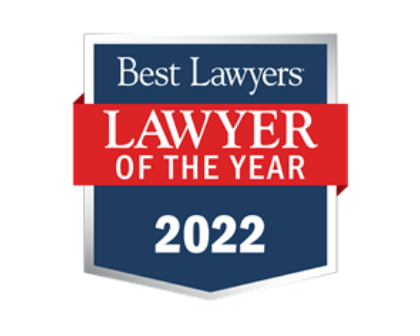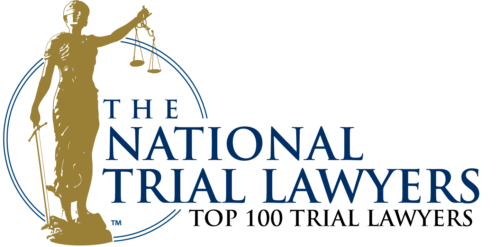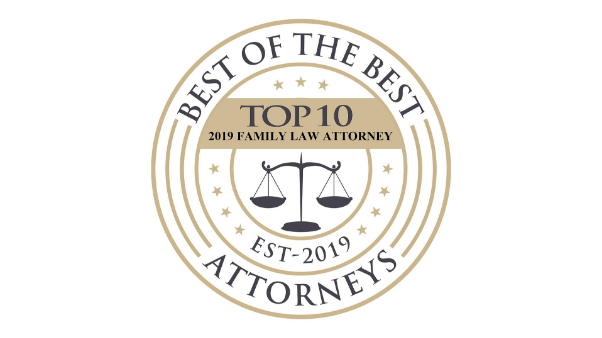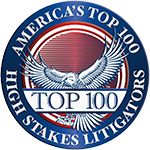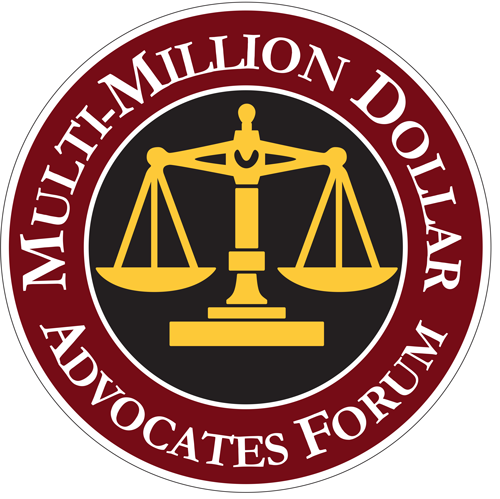During the 2016 amusement season, a seemingly unending series of serious and shocking accidents on popular rides came to characterize the season. In fact, last year’s summer amusement season kicked off with reports of a horrific scalping accident at a Cinco de Mayo festival in Nebraska. The young girl was injured on the classic King’s Crown ride. This string of accidents follows an overall theme of amusement park deaths and injuries that are all to common.
Later that year, a string of injuries resulted in serious calls for an overhaul of the nation’s approach to amusement park regulation and inspection. On August 7, 2016, a ten-year-old boy was killed on a cutting-edge waterslide at a Kansas waterpark. On August 8, 2016, three girls fell from a Ferris wheel at the Greene County Fair in Tenessee. Finally, on August 11, 2016, a young three-year-old boy fell from the Rollo Coaster at Idlewild and SoakZone Park in Ligonier, Pennsylvania. This string of accidents was, to say the least, extremely troubling for parents, caregivers, and thrill-seekers.
Despite a national patchwork approach to amusement and attraction park regulation that can leave safety gaps, comprehensive reform including a national amusement park safety standard has not come to pass. However, residents of Pennsylvania are fortunate to live in a state where ride safety is taken seriously. In Pennsylvania, the Department of Agriculture’s Division of Amusement Rides and Attractions handles the approval, registration, and inspection of both temporary and fixed-site rides in the state. In this post, we delve into how Pennsylvania’s amusement park regulatory regime went to work to determine the cause of the accident following the young boy’s Rollo Coaster fall.
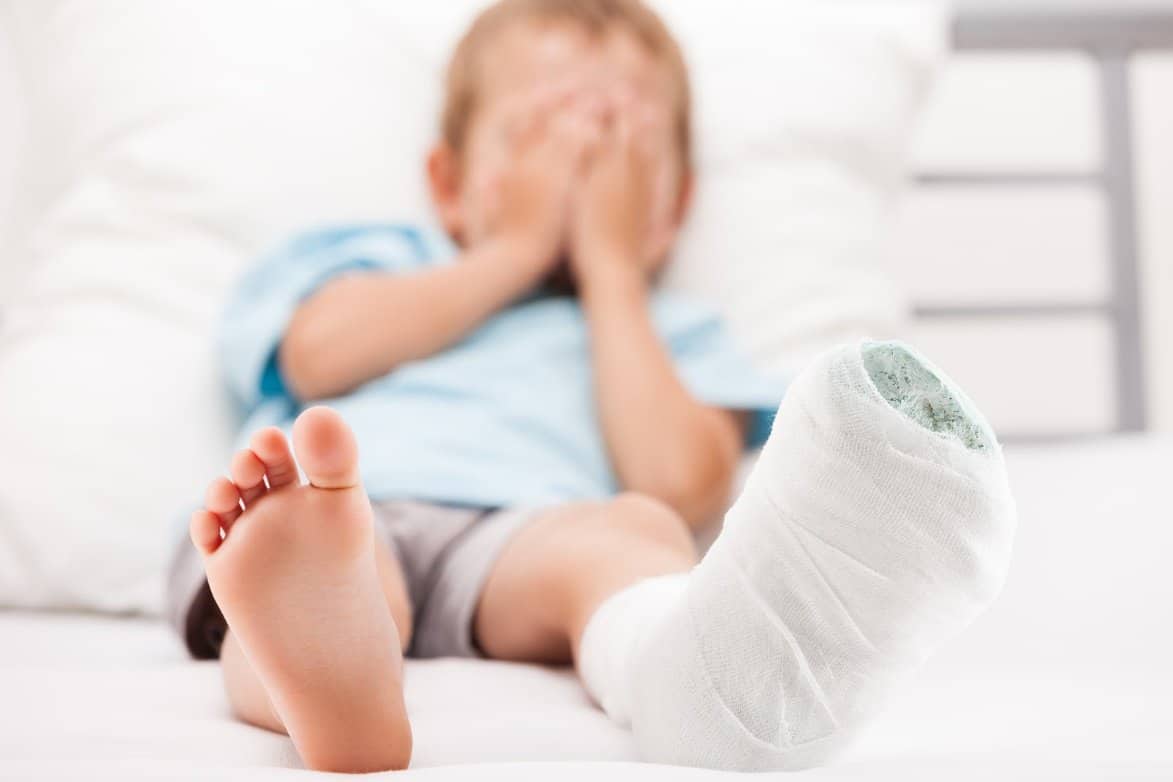
Who Regulates Amusement Parks, Carnivals, and Waterparks in Pennsylvania?
Since there is no national standard for amusement park ride inspections and safety, the duty to regulate these facilities is held by the states. In Pennsylvania, the duty to regulate amusement facilities is set forth by The Amusement Ride Inspection Act (4 P. S. §§ 401—419). The specific amusement ride regulations are set forth at 7 Pa. Code Section 139. Further guidance regarding attraction rider safety and liability are set forth in the Amusement Rider Safety and Liability Act (4 P.S. §§ 501-507).
Under these statutes, amusement parks, water parks, fairs, and carnivals all have safety duties that must be satisfied. For ride operators and amusement parks,7 Pa. Code § 139.4 sets forth a duty to register with the state, provide certain park and ride information. It also sets forth an obligation to certify that the ride is one already approved by the state or provide written proof under the seal of a professional engineer that the ride can carry all loads safely and withstand all normal stresses among other requirements.
In addition to registration provisions, the operators of amusement parks, fairs carnivals, and water parks also have a duty to conduct regular inspections. Inspections must be carried out by an inspector certified by the Pennsylvania Department of Agriculture’s Division of Amusement Rides and Attractions.
What Steps Did Regulators Take After the Boy’s Fall from the Rollo Coaster?
Sometimes, despite the state’s efforts to set forth a robust and comprehensive system of regulation, accidents happen. Due to the high speeds and forces involved, injuries sustained due to a ride malfunction, an oversight in policies and procedures, or an operator error can be extremely serious and life-altering. Therefore, following a serious accident at a Pennsylvania amusement park, the first step in determining a cause for the accident is shutting down the ride.
The park and regulators will shut down a ride for several reasons. From a practical safety standpoint, it makes sense to close the ride until inspectors and regulators are sure it is safe. Regulators will also close the ride so that inspectors are able to access it. These inspectors will take note of an array of factors regarding the ride including its condition, apparent wear and tear, obvious defects, and any other problems. Finally, there is also a legal basis for closing the ride. When an accident or incident involving a ride causes a serious injury, the Amusement Ride Inspection Act at 4 P.S. § 407(d) mandates that the ride is closed until a qualified inspector who is an employee of the Department provides written approval to re-opening. The Rollo Coaster was closed on August 11, 2016. The ride remains closed as of the beginning of June 2017.
Investigators Will Take Photos and Memorialize the Scene of a Ride Accident
While the ride is closed and as inspectors are examining its structures, cars, and other equipment it is highly likely that regulators will take photos and videos of notable aspects of the ride defects. The photos and videos will memorialize the condition of the ride or premises at the time of the incident and provide the basis for the long-term study of the event. If serious injuries occur, the images and videos taken by investigators may need to be presented as evidence at trial. An attorney can assist with hiring appropriate expert witnesses who can assess the evidence and explain it to a judge and jury at trial.
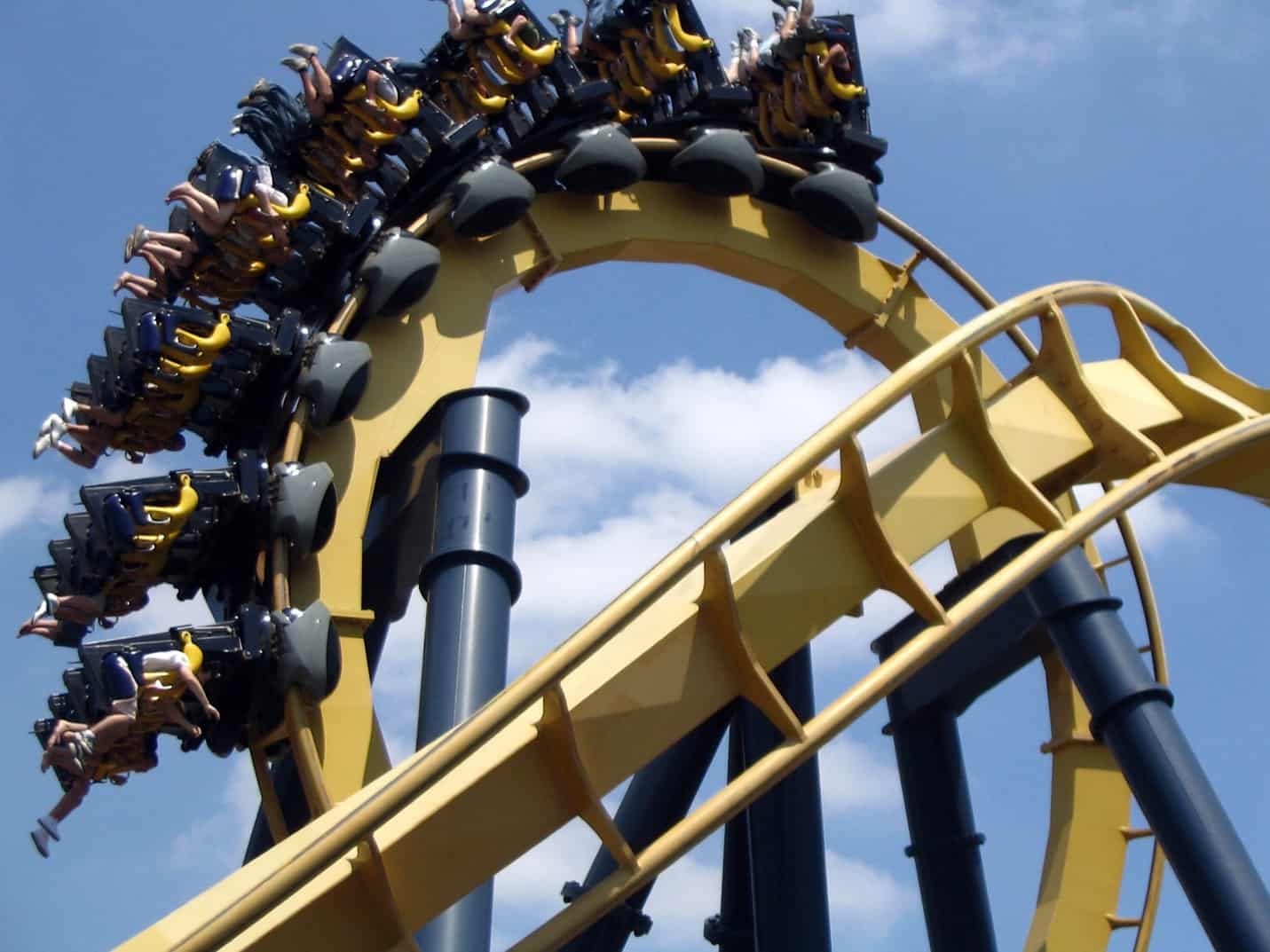
In the case of the Rollo Coaster accident, the inspection resulted in inspectors taking photos and images of several potentially defective aspects of the ride. The inspectors took videos of a loose rollercoaster down brace, several instances of unwanted movement in three bent braces, and deterioration of the underside of the coaster track due to improper fastening and the resultant movement. The inspectors also took a video of rollercoaster test runs that utilized sandbags to simulate riders.
Following Completion of the Ride Injury Investigation, an Investigative Report Will be Issued
Following an amusement park accident, ride closure, and investigation the Bureau of Ride and Measurement Standards will issue an investigative report. The report issued for the Idlewild Rollo Coaster accident is available online and sets forth the causes of the accident and the conditions under which the ride is permitted to reopen.
The report shows the full extent of investigatory work performed after the accident including:
- Investigators interviewed witnesses to develop a narrative of the events that occurred.
- Investigators will determine and assess all park rules, policies, and riding procedures for a particular attraction.
- Investigators will consider the actions and potential mistakes and oversights of a ride operator.
- If the ride has a photo or video capabilities, investigators will pull the images or tapes. This information can be used to determine if riders switched seats, stood up while riding, or engaged in other risky behaviors.
- A thorough track inspection conducted by walking the track.
- Accelerometer testing for load and balance issues.
- Additional assessments and testing by insurance company agents.
The report concluded that multiple mistakes and errors contributed to causing the accident. The report first notes that the “adult in charge” failed to respect the ride height requirements for the young boy. Because the three-year-old boy was just 36 inches tall, he was required to be seated with an adult and in the inside position in the car. However, the riders apparently switched seats resulting in multiple children being improperly seated.
Following this initial error by the park guests, both ride operators missed opportunities to spot the issue and prevent the accident. Operator 1 failed to complete a final seating check prior to dispatching the cars. The operator also failed to notice the improper seating arrangement as the car passed. Operator 2 also failed to monitor the occupants of the train car or utilize a mirror specifically installed for this purpose. Because neither operator detected the problem, neither operator stopped the train as it climbed the first hill. Operators are trained to stop the train at this point if they notice problems or issues with the ride or passengers.
Mechanical Issues and Recent Maintenance Also Contributed to the Boy’s Fall
In addition to the mistakes made by the riders and operators, structural issues and equipment – including certain modifications to the rollercoaster cars — also contributed to causing the boy’s fall. An inspection of the track at the turn in question revealed the noticeable movement of the track because of loose braces and a sagging support cable. This track movement caused the boards to rub together and contributed to the clear deterioration of the track. Additional issues were found with the sled brake assembly which was missing bolts at the ends of the brake bands. Other problems with the roller coaster cars included no installed safety chains and unattached hitches.
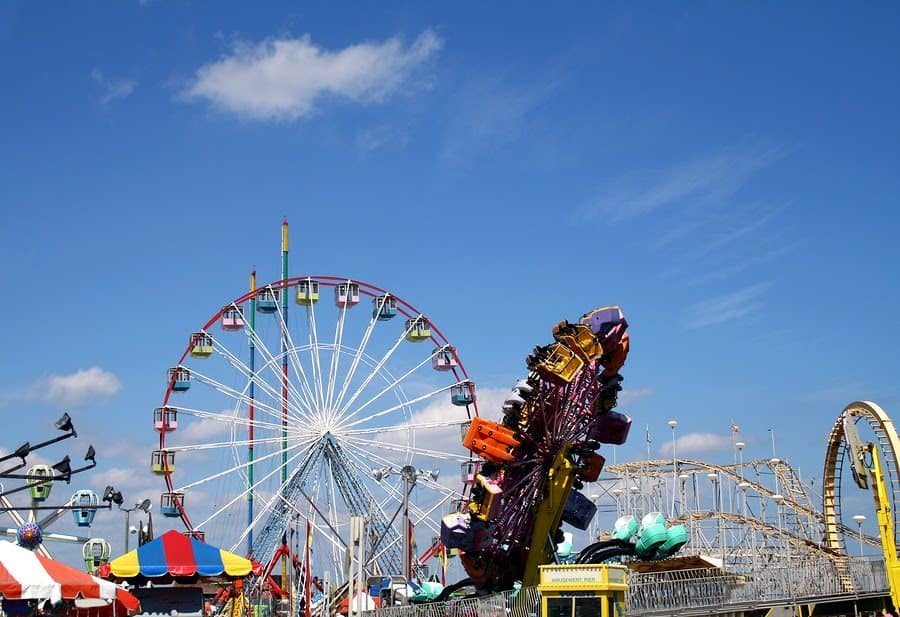
The report also noted that certain modifications to the ride had resulted in unanticipated problems. Earlier in the year, the “grab bar” had been outfitted with an additional layer of foam padding. This padding was likely installed to reduce the risk of bruises and other blunt force injuries that could be sustained while riding the rollercoaster. However, the extra thickness of the padding made it significantly more difficult to grip and hold onto the grab bar. Since the ride was not equipped with a secondary restraint system, guests with smaller hands or a reduced ability to grip may not be able to sufficiently hold on and secure themselves on the ride.
The Report Sets Forth Ride Reopening Requirements
If the ride has not already re-opened, the report will also set forth the minimum steps the park must take to reopen the ride after an accident. Here, the report sets forth four minimum requirements the park must meet or exceed for the rollercoaster to open. The conditions placed on re-opening were set forth in a May 2, 2017, letter to the park. They require:
- Manufacturer approved secondary passenger restraints, such as seatbelts, to be installed.
- The park must hire a professional engineer to inspect the ride and ensure that its structure is able to withstand all normal forces and carry a train safely. The ride must also conform to normal, routine engineering practices including specific requirements set forth by the Amusement Ride Inspection Act and applicable ASTM standards.
- The park must provide a written description regarding changes to its operator training and procedures intended to prevent operator inattention to rider height, boarding procedures, and other rules.
- The park should reassess the height requirements set forth for the ride. The park should consider increasing the height limit such that the minimum height requirement would be brought into accord with the applicable standard for “new roller coasters.” The new standard requires a rider to be at least 42 inches tall to Riders who are taller than 42 inches but shorter than 48 inches must be accompanied by an adult.
For the park to reopen, all of the above would need to be satisfied. In particular, the second item may require significant maintenance and repair. Inspectors noted an array of structural defects and irregularities. Aside from those already mentioned above, regulators also noted that some support cables were secured to trees rather than being affixed using standard, accepted engineering methods.
This was a rare accident at the park and a spokesperson stated that the accident was the first of its type in the rollercoaster’s more than 70 years of operation. A spokesperson for the park has already indicated that changes to training procedures are being implemented to reduce the likelihood that operators will miss rules and safety violations. The park also indicated that neither of the ride operators involved in the accident was currently employed by the park. The park also stated that the entire rollercoaster was in the process of being refurbished. Furthermore, the park has purchased and planned to use brand new rollercoaster cars. For those concerned about the impact on this historical coaster, the new cars are manufactured by The Philadelphia Toboggan Company which is the original builder of the Rollo Coaster.
How Can a Lawyer Help After You Are Hurt at a Fair, Carnival, Waterpark, or Theme Park?
If you, your child, or another loved one have suffered an injury at a theme park or an amusement park, your foremost concern should be in getting the medical treatment you need. Once you have secured medical treatment, your attention may turn to hold the park accountable for the injuries you or your loved one suffered. As one can surmise from the above, following an accident an array of investigations and inquiries will occur. While the state is likely to conduct an investigation as part of its regulatory and oversight duty, the park and its insurer may also commission a study to determine the cause of the accident. In at least some scenarios, the park may even attempt to blame guests for their accident due to an alleged failure to follow park or ride rules.
In any case, an injury victim can face an array of theories and hypotheses regarding what caused an accident. It is important to work with an experienced attorney who can synthesize these reports and other expert opinions into a story that a judge and jury can understand and identify with. All the while, he or she must use his or her understanding of the law to develop legal theories likely to lead to recovery for injuries, pain and suffering, lost wages, and other consequences of your ride accident. A personal injury attorney can assess the full range of damages that may be available in your matter along with your likelihood of recovery.
Related Posts
- Are There Out-of-Pocket Costs When Filling an Injury Lawsuit in Philadelphia?
- Are Photos Useful in a Car Accident Claim in Pennsylvania?
- Can You Represent Yourself in a Car Accident Lawsuit in Pennsylvania?
- Who is at Fault in a Tailgating Accident in Pennsylvania?
- Lawsuits for Accidents in a Parking Garage or Lot Accident in Philadelphia






